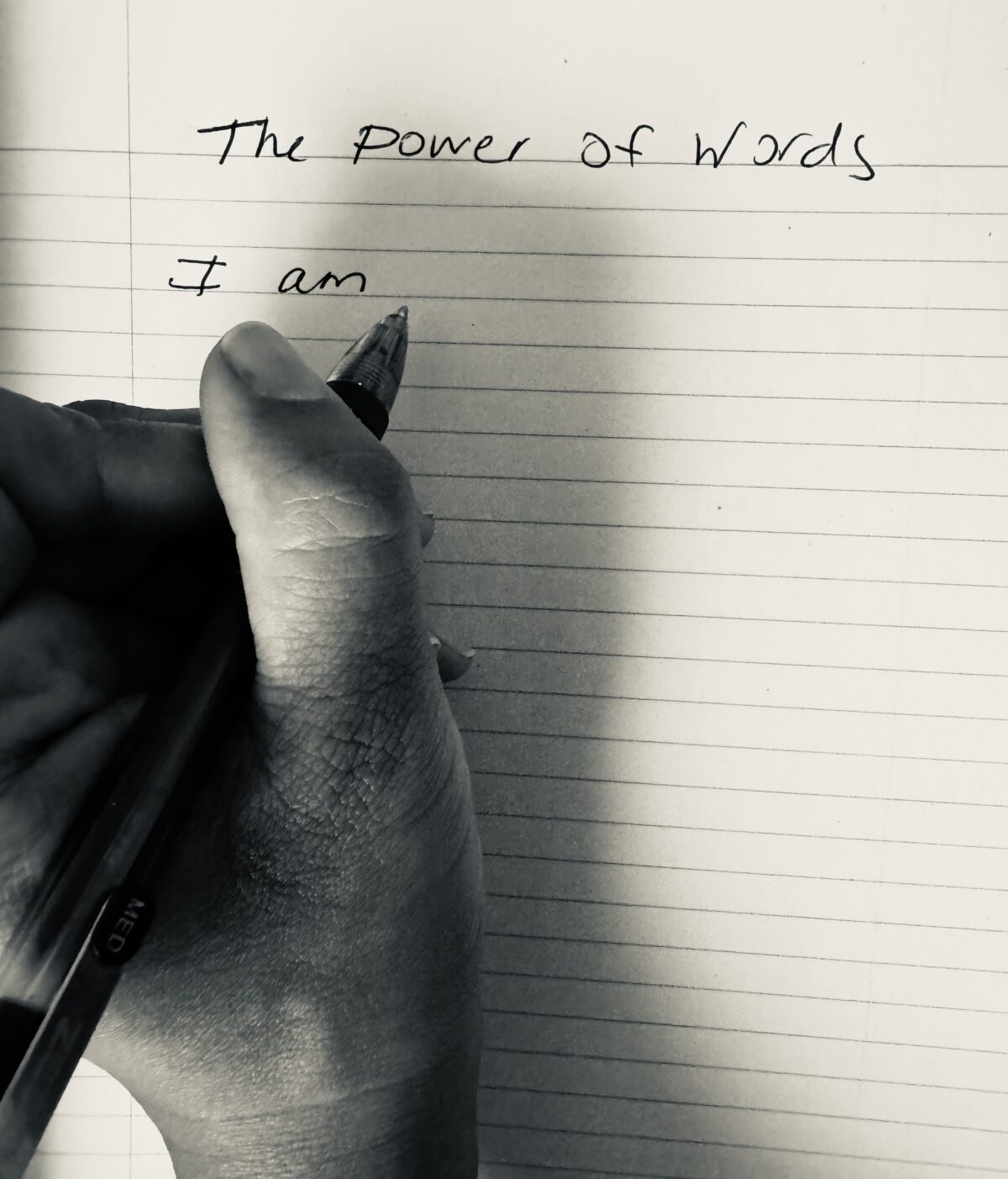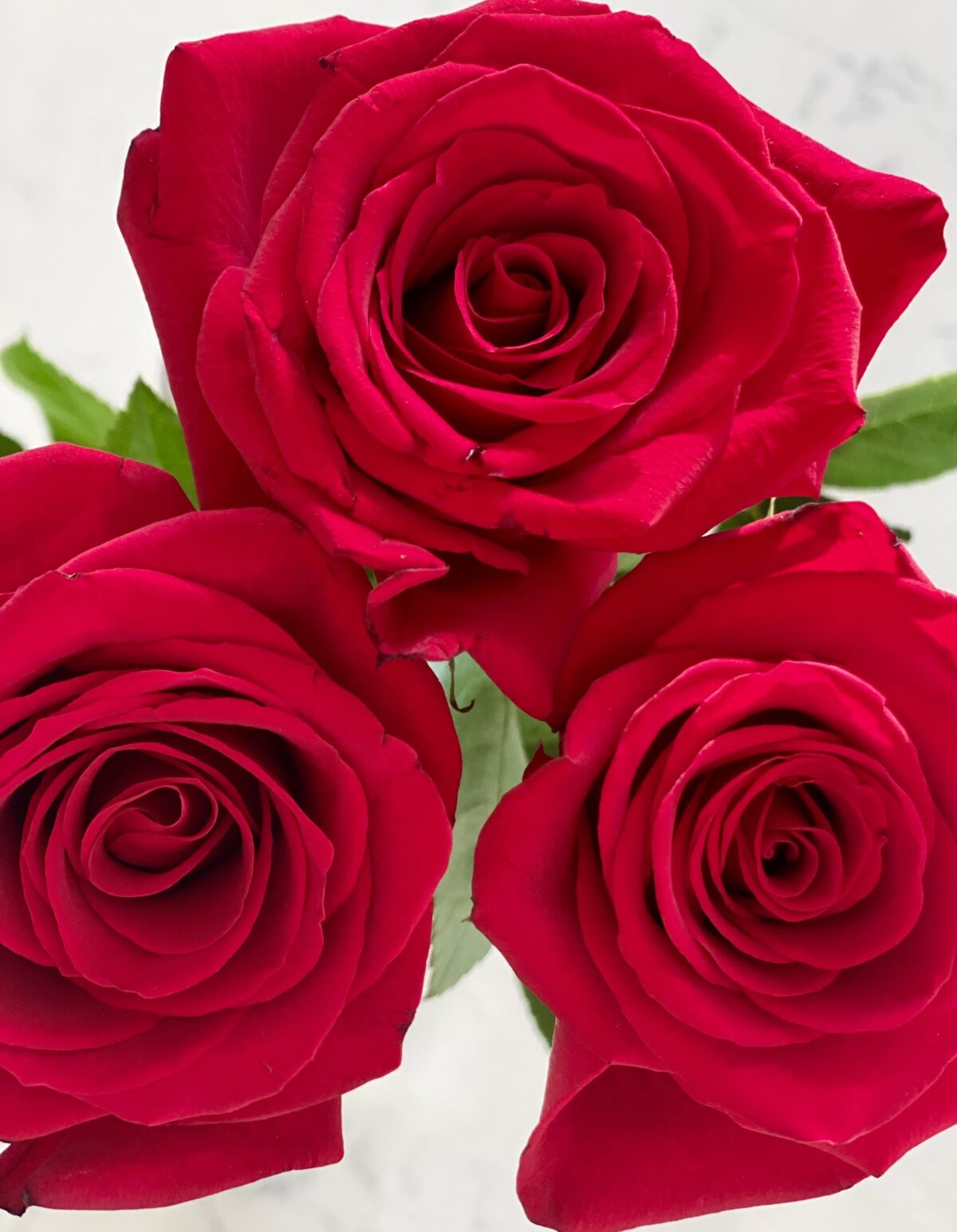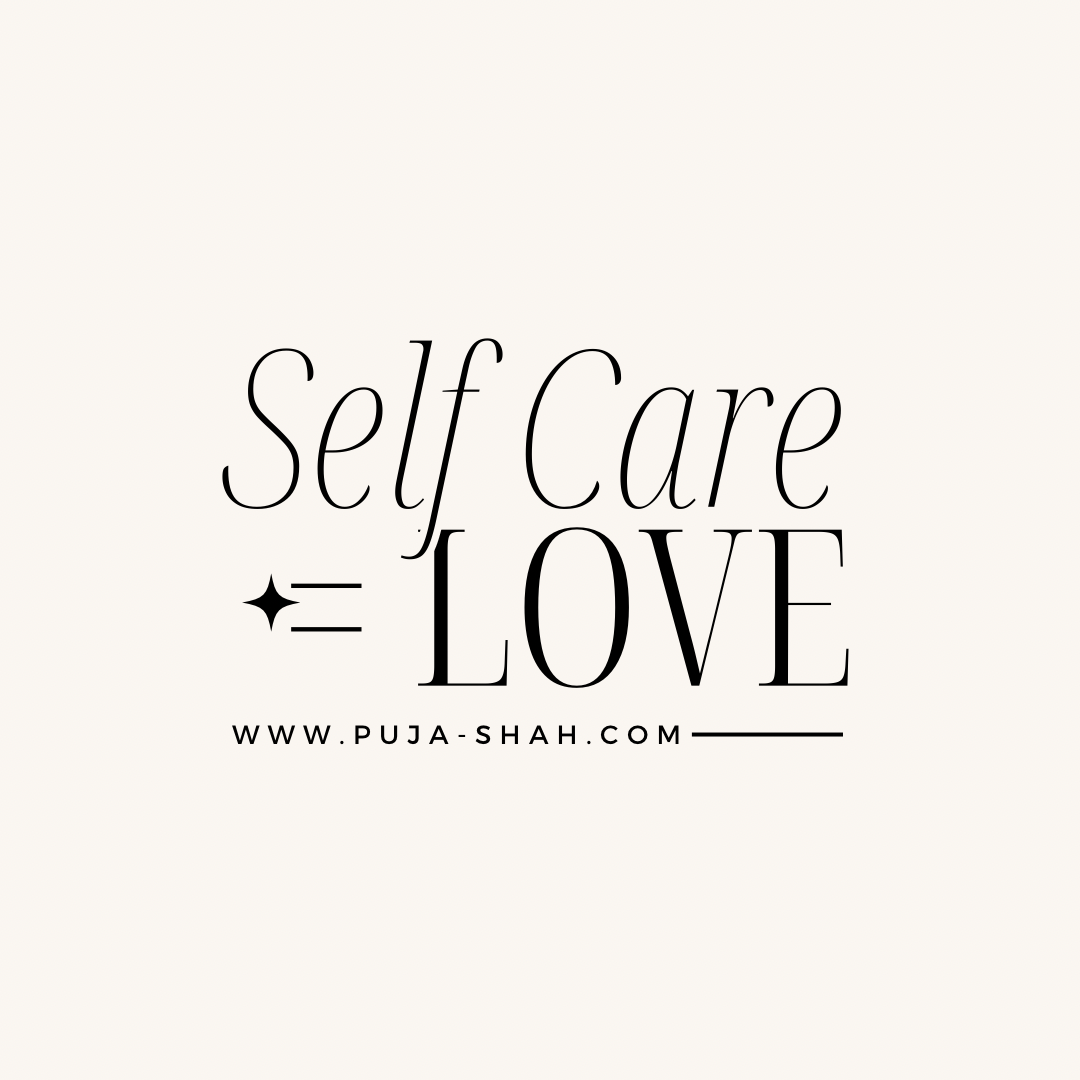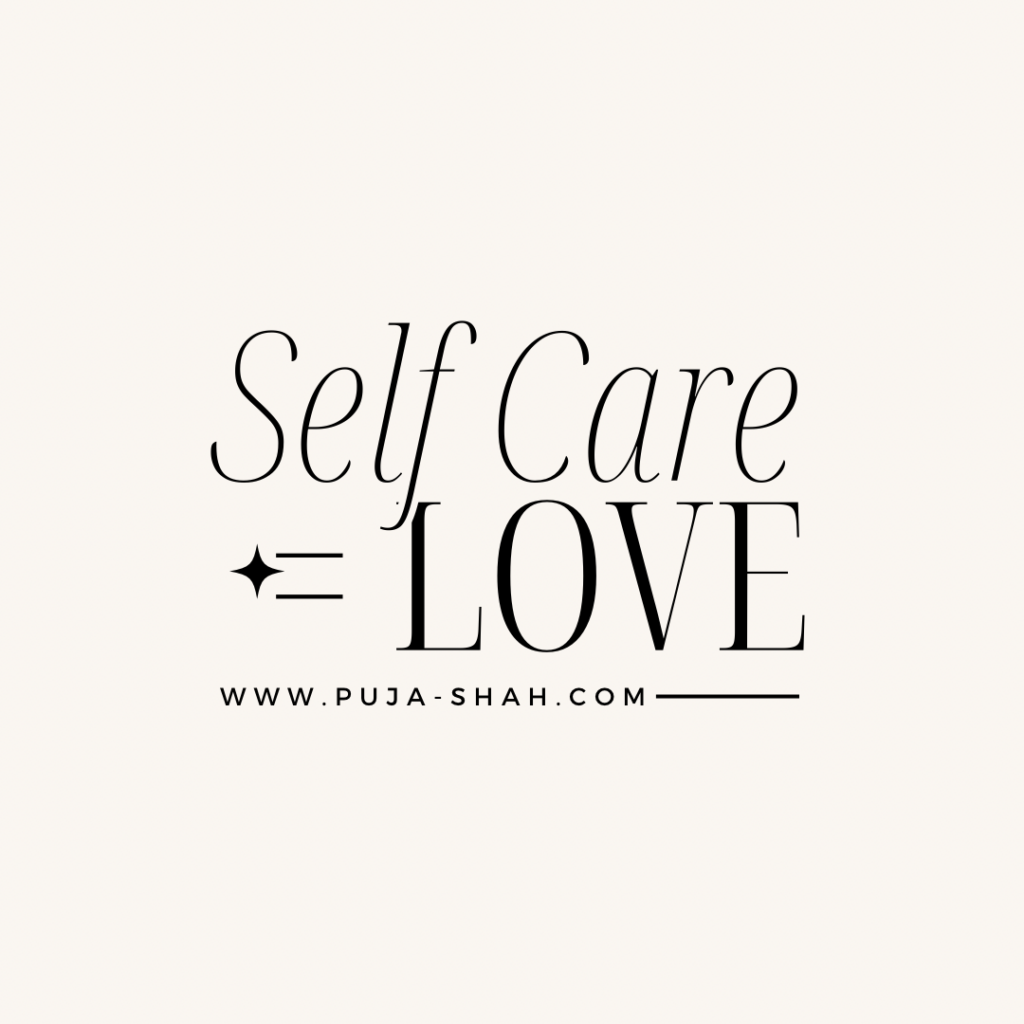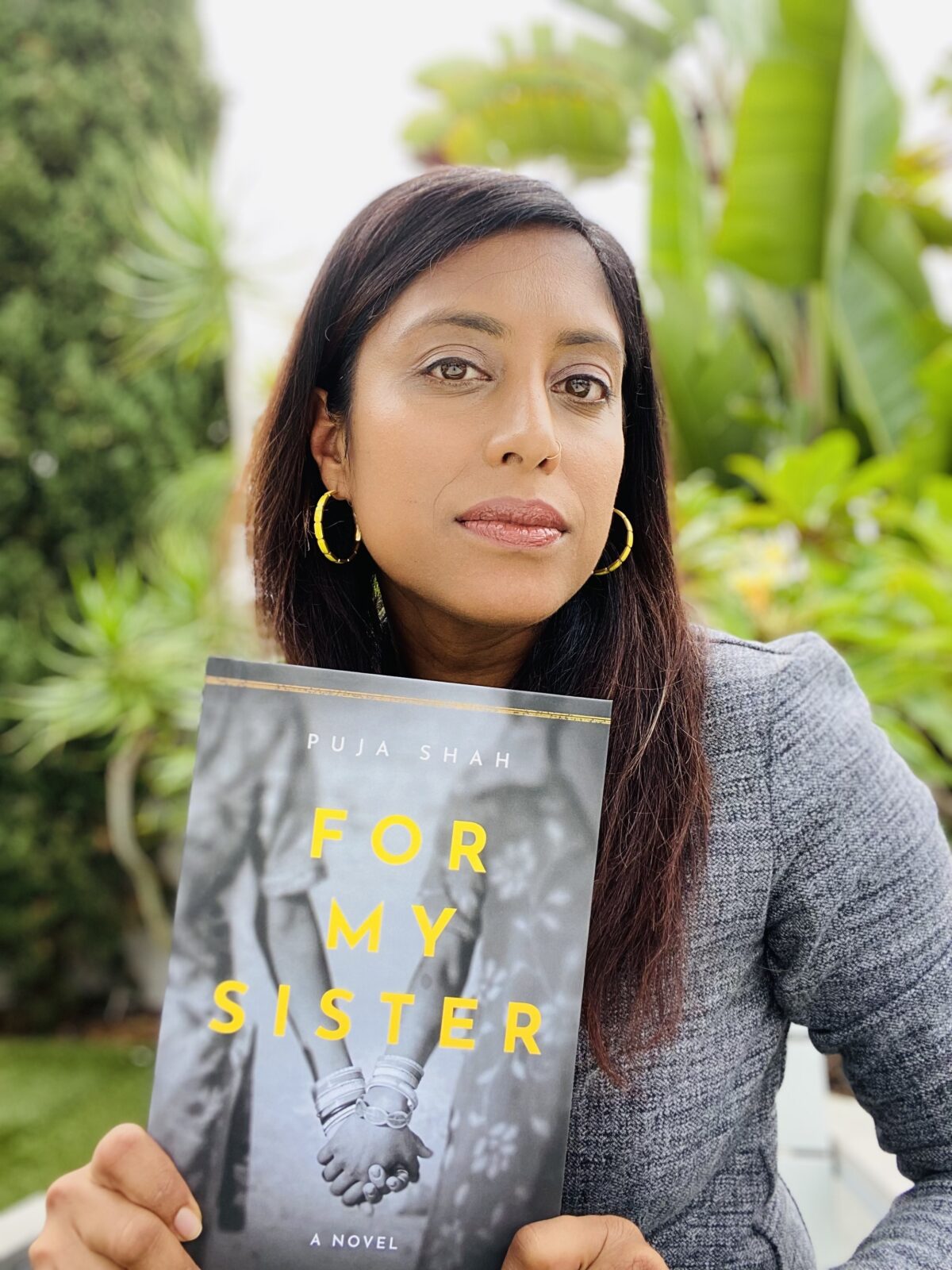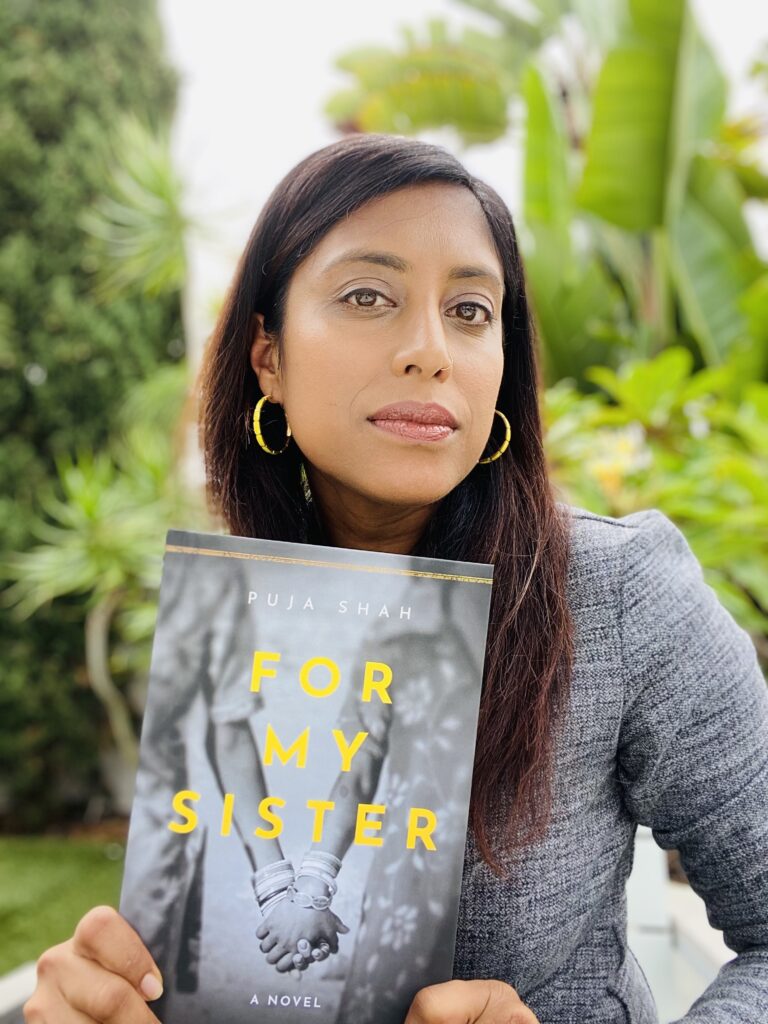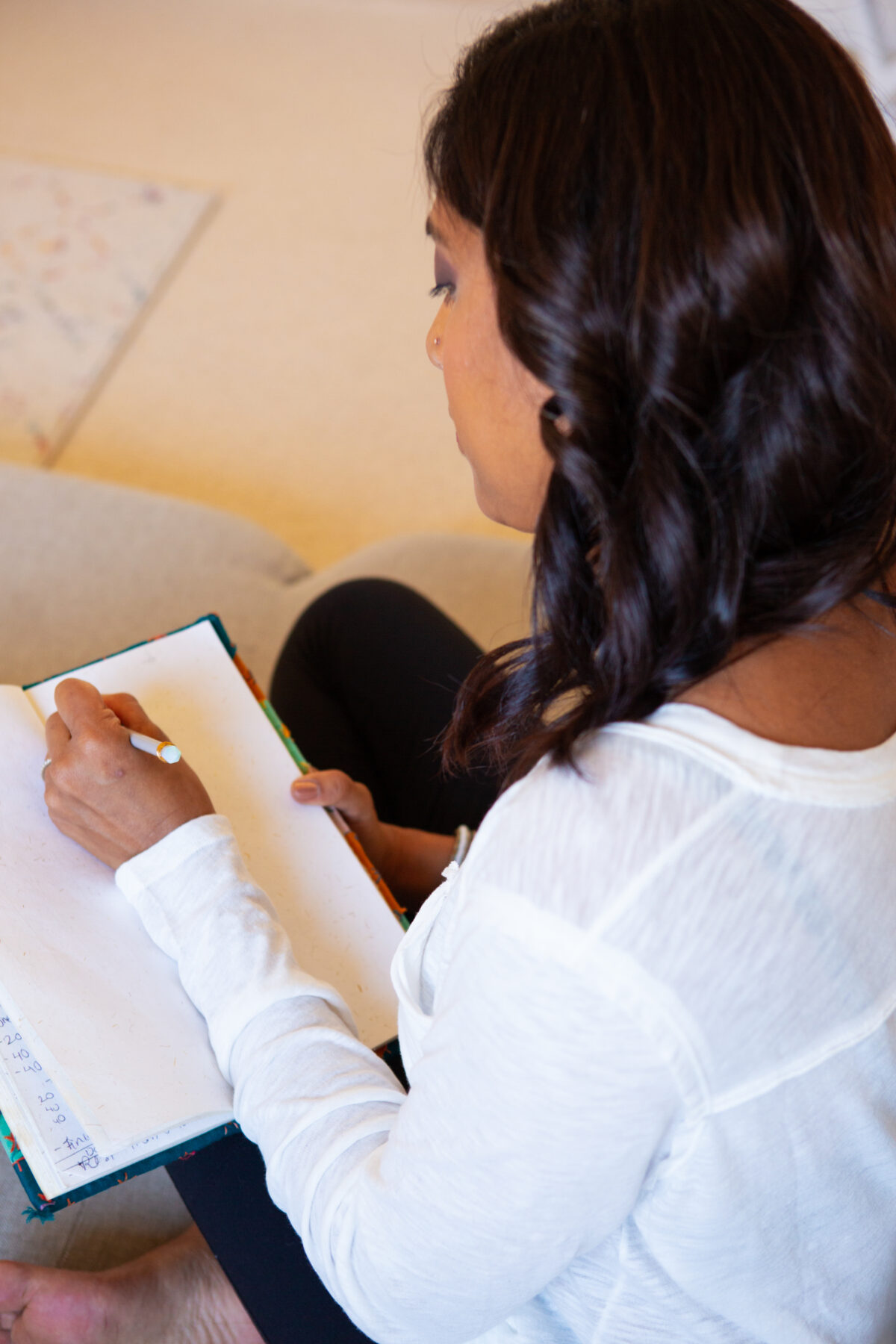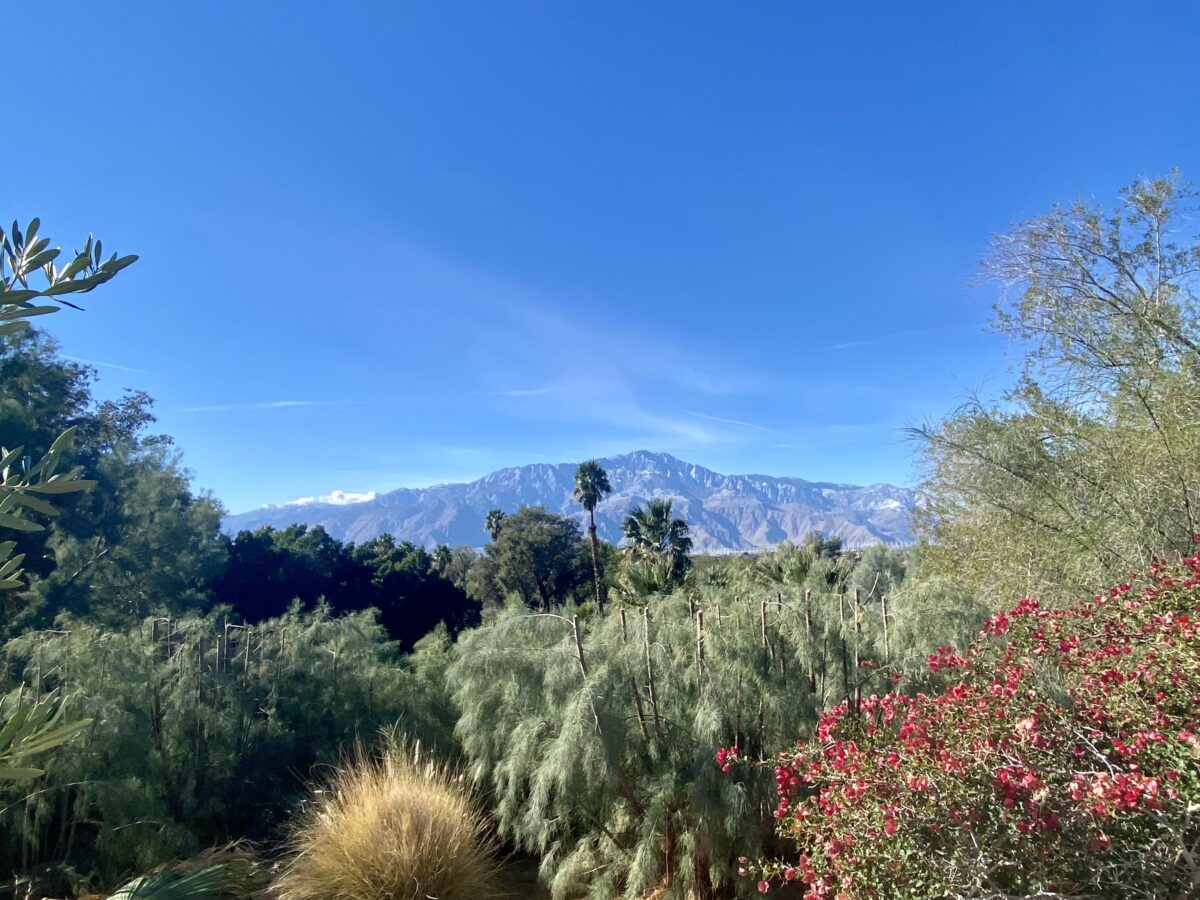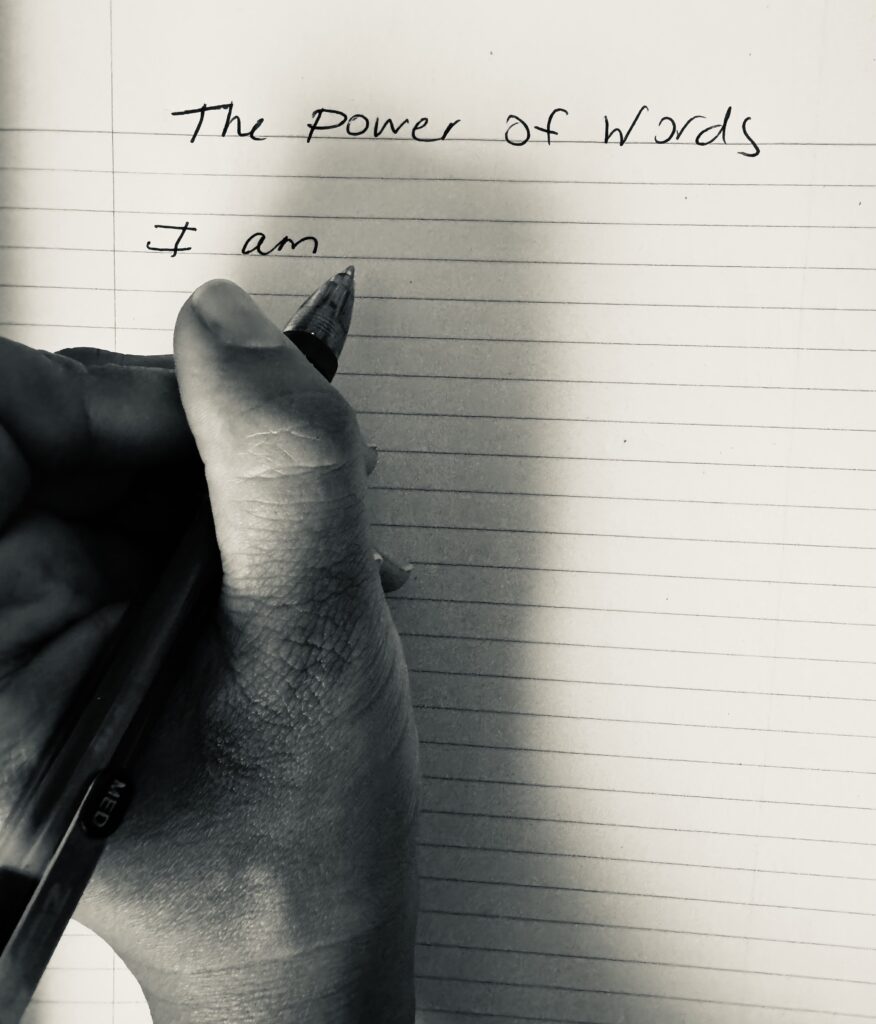
Do affirmations really work?
For as long as I can remember, I believed in the power of words. As a writer, it’s no surprise that even as a child, I found comfort in writing my feelings out as poetry, sharing love with heartfelt cards to my family and friends and reading the words of authors I admired. I also loved quotes, collecting inspiration along the way. This was pre-instagram, when I had to look around or listen to the world I was in to notice a quote at a restaurant, in a movie or from a book.
It’s why as I work on my next novel, I started reading and reciting affirmations again. I remember the affirmations I recited in both pregnancies, for the health of my babies and births. I have noticed how I feel good after and even how that itself impacts my productivity and daily life, all coming into a full circle with the start of words that matter.
Historically, ancient texts from various religions all hold belief in the power of affirmations via prayer, and recent scientific studies demystify the notion that affirmations may not always ‘work’ as well.
So the next time you feel the stress or writing blocks eating away at you, here are 13 affirmations that you can incorporate into your life and bring with you anywhere, anytime:
- I create my reality.
- Abundance comes to me easily.
- I trust myself.
- Happiness is a choice, my choice.
- The past is powerless, I hold power in this present moment.
- I am loveable.
- My inner wisdom guides me.
- I feel appreciated by my family/friends.
- I feel grounded.
- I am accepting and forgiving.
- I am ready for this change.
- I attract positivity in my life.
- I give and receive unconditional love.
Go on, try one out today. And don’t just say it, believe it. You got this.
